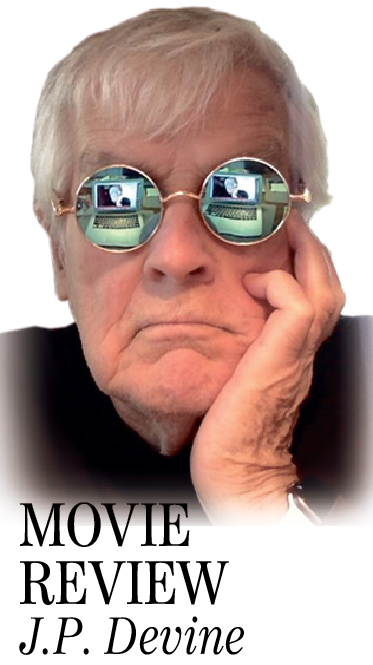Director Simon Stone’s “The Dig” floats in and around Sutton Hoo in 1939, a patch of farmland near Woodbridge in Suffolk, England, surrounded by ancient woods, and scattered with people, each with their plots of earth and who spend their days tending to them.
The largest piece of land holds the rambling estate of Mrs. Edith Pretty, (Carey Mulligan “The Great Gatsby”) the widow of a British Army officer, and possessor of a ring of strange earthen mounds.
Edith spends her days staring at them out of windows, and occasionally poking at them in the fields, with her son Robert (Archie Barnes, well cast.) Edith is curious, and so our story, screen written by Moira Buffini from John Preston’s novel, begins.
When “The Dig” opens, we go aboard a creaky boat to ride up a river to Edith’s fading estate. We sit beside Basil Brown, (the estimable Ralph Fiennes “Schindler’s List,” “Grand Budapest Hotel”) a scruffy late-middle aged man known and respected in these parts as an “excavator.”
From the start, many characters, and there are several well-chosen actors among them, move into view, but Simon places Basil and Edith prominently into our view and our hearts.
It is Edith’s mission now, even as she hides an ailing heart, to leave what treasure is buried in her field, to history. This is based on a true story, and what lies there under centuries of blood-stained mud is dazzling, and well worth the wait until it is revealed.
Basil, the “excavator,” we’ll discover, must carry that dismissive label, because he is a self-taught archeologist, a common man of the soil, without a degree. British snobbery was then, as now, deeply woven into the social stream.
Basil is played, as heroes always are, with quiet intensity. Fiennes gives us a stoic, an English country Gary Cooper, with ancient soil under his fingernails, given to a handful of words.
Basil’s feelings, always in his eyes, are so visible to us, that the light carries us through to the end.
Basil comes here at Edith’s request, to sort things out, and maybe deliver her dreams.
Romantics will immediately want them to be Heathcliff and Catherine reborn, but Basil is married to a living spouse, and Edith to a dead one. Such is life.
When the mystery here is uncovered, a flutter of volunteers from the British Museum arrive with fresh young hands to uncover the stuff dreams are made of.
Among them, the increasingly enchanting Lily James (“Downton Abbey,” “Mamma Mia: Here We Go Again”) an unhappily married archeologist, who falls in love with Edith’s nephew Johnny Flynn (“Emma.”) Methinks this is a made-up alliance to provide a romantic side story. I bought it.
“The Dig” has its shares of disasters and heart tugs, fickle weather and British politics, but as our characters dig away, occasional high flying aircraft pass over just to remind us that it’s 1939, and the war, which will complicate digging discovery, is only days away.
Times being what they are, we find ourselves sadly fortunate that a good many big screen beauties such as this, with a nostalgic score by Stefan Gregory along with Mike Eley’s magic camera, that would find a smaller audience in art houses, are opening up to much wider viewership.
“The Dig” moves, as British films always do, slowly at first, laying out the story brick by brick, flower by flower, but we find ourselves in the presence of a perfect cast and a haunting passage to the past. Bravo.
“The Dig” streams these days on Netflix. Reward yourself.
J.P. Devine of Waterville is a former stage and screen actor.
Comments are not available on this story.
Send questions/comments to the editors.


